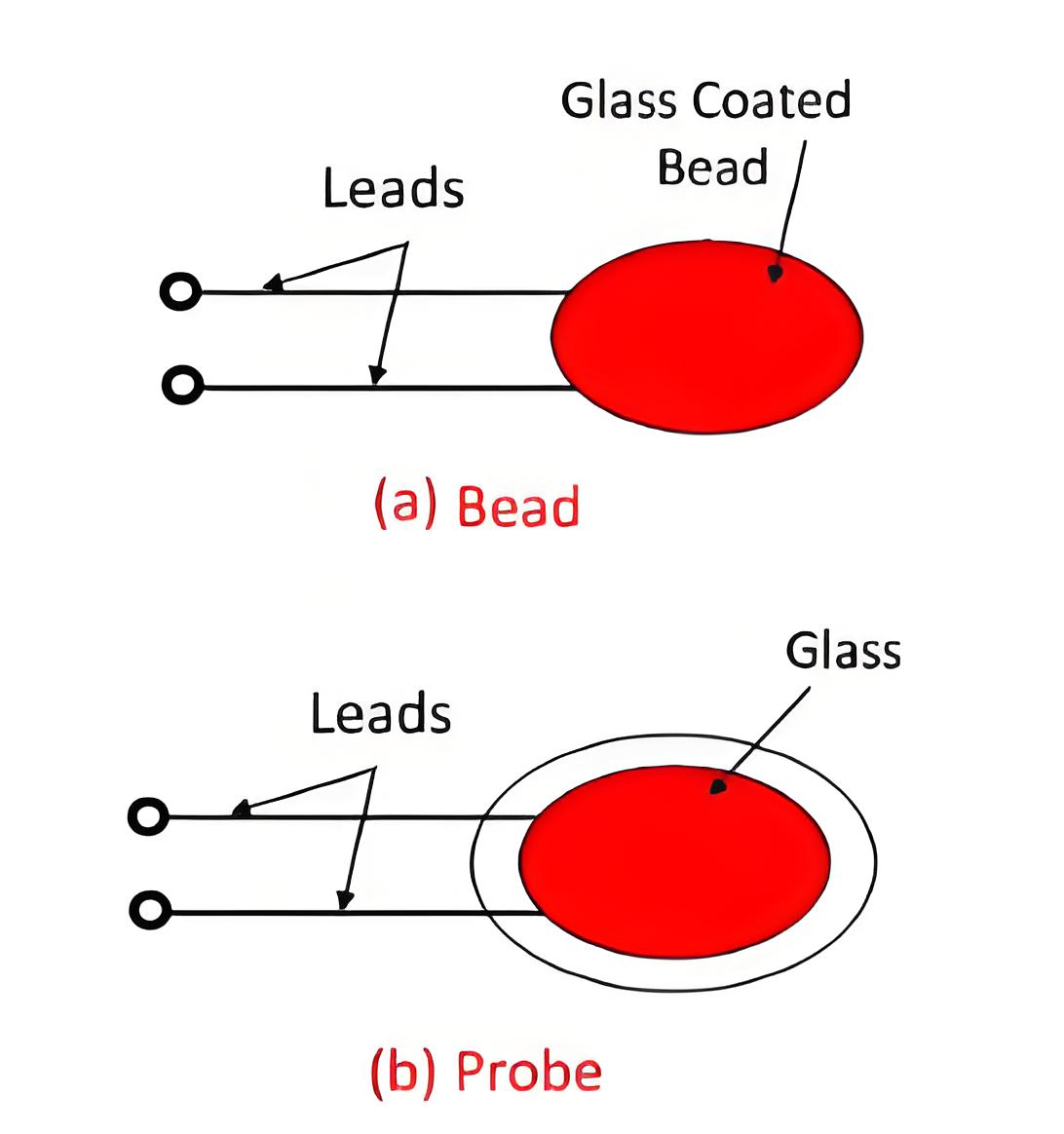What is a Temperature Transducers?
What is a Temperature Transducers?
Temperature Transducer Definition
A temperature transducer is defined as a device that converts thermal energy into measurable physical quantities like electrical signals.

Main Features of Temperature Transducers
The input to them are always the thermal quantities
They generally converts the thermal quantity into electrical quantity
They are usually used for the measurement of the temperature and heat flow
Sensing Element
The sensing element changes its properties with temperature, enabling the transducer to detect temperature variations.
Transduction Element
It converts the changes from the sensing element into electrical signals for measurement.
Types of Sensors
Thermistor
Resistance Thermometers
Thermocouples
Integrated Circuit Temperature Transducers
Examples of Temperature Transducers
Common examples include thermistors, RTDs, thermocouples, and integrated circuit temperature transducers.
The Electricity Encyclopedia is dedicated to accelerating the dissemination and application of electricity knowledge and adding impetus to the development and innovation of the electricity industry.













